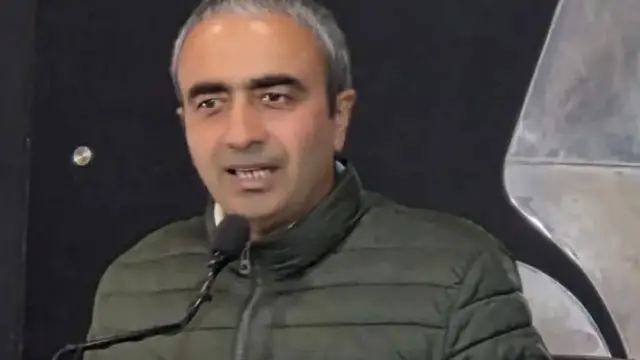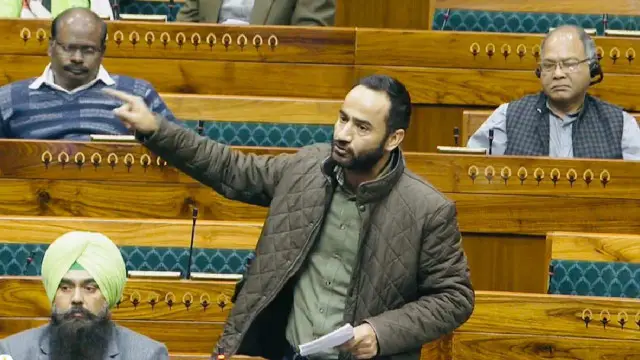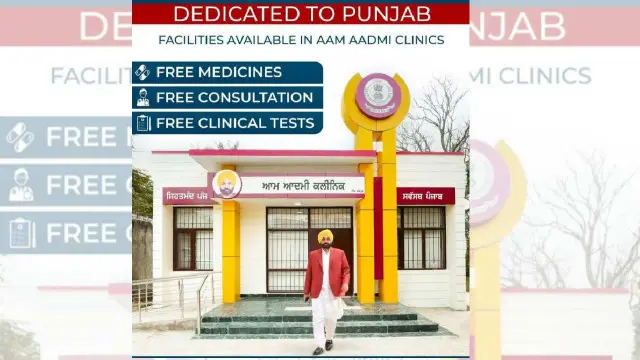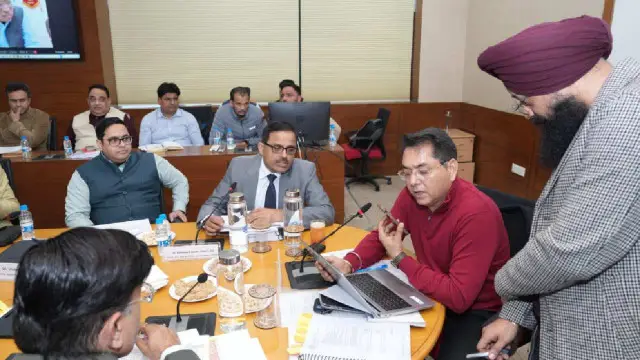Moga Turns Green Example as Mann’s Officers Drive Tractors to End Stubble Burning Habit
In a rare act of leadership, Moga’s Deputy Commissioner Sagar Setia and SSP Ajay Gandhi joined farmers in fields, driving tractors to promote stubble management under Mann Government.
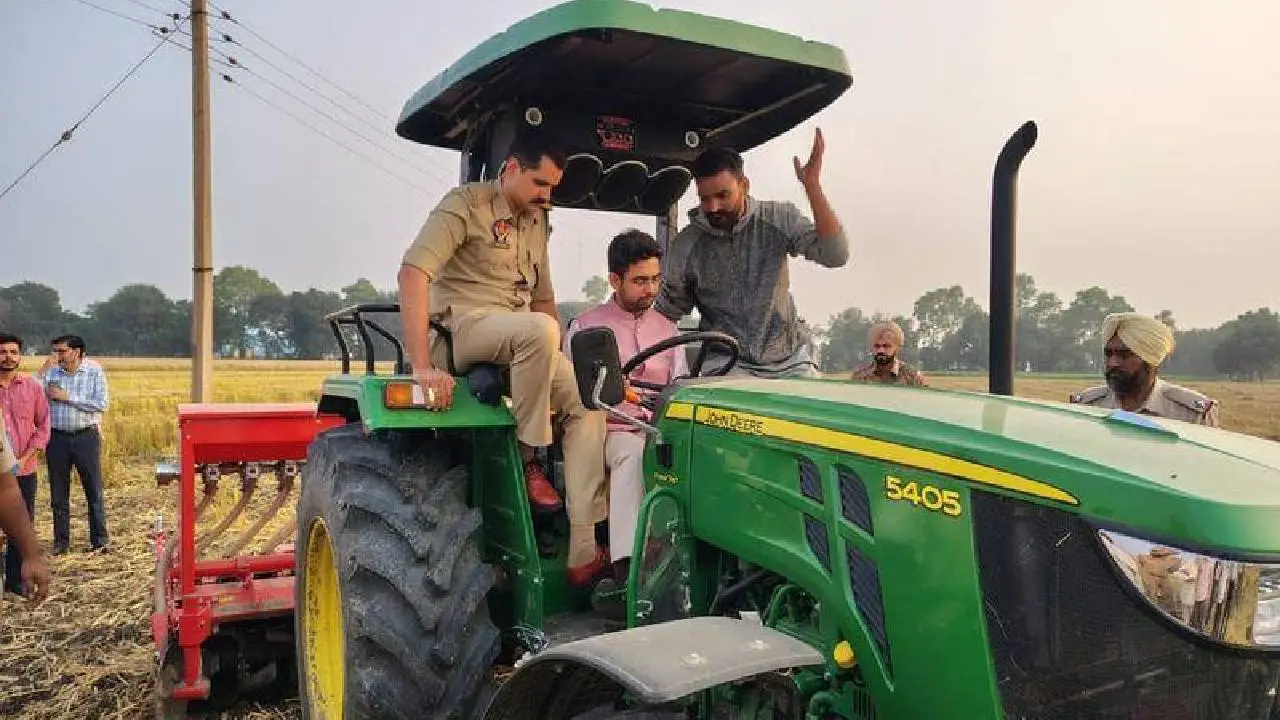
Punjab News: The story from Punjab’s Moga district has surprised many across the state. Instead of issuing orders from air-conditioned offices, Deputy Commissioner Sagar Setia and SSP Ajay Gandhi went straight to the fields. They sat with farmers, drove tractors, and personally demonstrated how to manage stubble after harvest. Their message was emotional yet practical—burning crop residue is not a compulsion, it’s a habit that can be changed. The officers’ move showed that when the administration and people work together, every problem finds a solution.
What Was the Message to Farmers?
The two officers didn’t just talk—they acted. Their presence in the muddy fields sent a strong message that the government stands shoulder to shoulder with farmers. “Stubble burning is not a necessity,” they told the villagers, “it’s time to protect the air we breathe.” The message was simple: working together for clean skies is more powerful than any rulebook. Farmers welcomed the officers warmly, saying this was the first time they saw officials act like partners, not inspectors.
How Mann Government Changed Governance
Chief Minister Bhagwant Mann has often said, “Real governance begins where the people stand.” The Moga initiative reflects this idea perfectly. The Mann Government has taken governance from offices to the ground—whether it’s schools, hospitals, or farmlands. The administration’s message was clear: Punjab’s backbone is its farmer, and its soul is its environment. Instead of punishing farmers, the government is teaching and helping them find practical alternatives to burning stubble.
What Makes This Move Different?
This wasn’t a one-day photo event but a continuous mission. The Mann Government wants to prove that change happens through awareness, not fear. Every year, thick smoke from burnt stubble causes thousands of road accidents and health problems in North India. Moga’s step ensures not only cleaner air but safer roads too. The initiative connects farming with public safety, proving that saving the environment also means saving lives. It’s governance with heart, not just authority.
How Is the System Supporting Farmers?
DC Sagar Setia said that the district has provided 320 new eco-friendly machines to farmers this year, in addition to 4,800 already available. The administration has also developed 62 acres of storage space in 40 villages for stubble bales. To prevent violations, 27 cluster officers and 152 nodal officers have been deployed. The goal is simple—make equipment available so no farmer burns stubble out of helplessness. Awareness drives and field demonstrations are being held daily across villages.
What Does This Effort Symbolize?
When top officers work alongside farmers, it builds faith that governments can care, not just control. The image of a DC and SSP plowing fields became a symbol of a new Punjab. Villagers said it felt like family working together, not authority giving orders. It showed that environmental responsibility starts from empathy, not enforcement. The Mann Government’s “Green Punjab” dream is slowly turning into reality—where every farmer becomes a protector of the soil, not a polluter of the sky.
What Future Does Punjab Now See?
The Moga initiative is more than just about stubble—it’s about mindset. The Mann Government’s approach combines progress with compassion, creating a model for all districts. When governance steps out of paperwork and into people’s lives, change becomes permanent. Cleaner air, safer roads, and greener farms—this is the Punjab Bhagwant Mann envisions. Moga has shown that when government and farmers walk together, fields bloom not with smoke, but with hope. This is truly a new chapter for “Green Punjab.”






